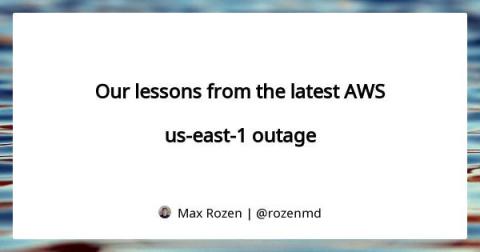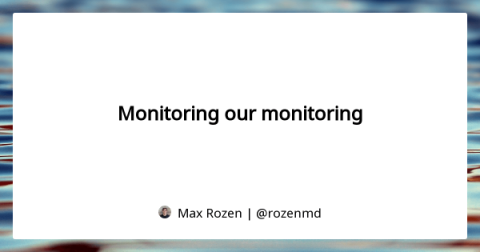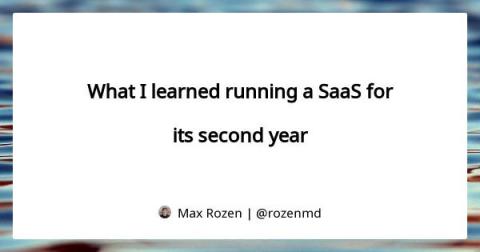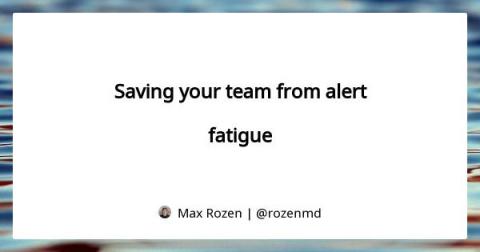Our lessons from the latest AWS us-east-1 outage
In case you missed it, AWS experienced an outage or "elevated error rates" on their AWS Lambda APIs in the us-east-1 region between 18:52 UTC and 20:15 UTC on June 13, 2023. If this sounds familiar, it's because it's almost a replay of what happened on December 7, 2021, although that outage was significantly more severe and took longer to restore.










